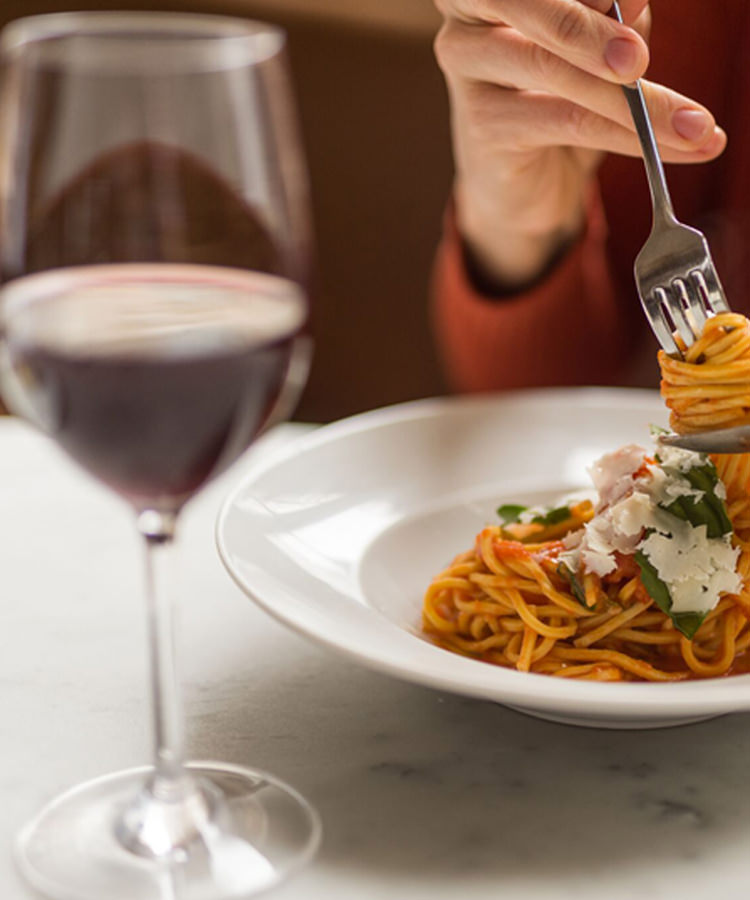
Italy, the birthplace of pizza, Leonardo da Vinci, and the Renaissance, is exalted for its numerous cultural and historical achievements. Its winemaking heritage spans centuries of traditions, beginning with the Etruscans and Romans, and continuing to this day. Whether it’s a crisp Bianco (white) or a rich Rosso (red), wine is as much a part of Italian culture as a fresh dish of homemade pasta.
When the Roman emperors, landowners, and burghers established Italy’s modern vineyard system in roughly the 2nd Century BCE, they helped pioneer advanced viticulture techniques. Many are still utilized today.
Since 1963, Italy has used a precise system of classification for its legendary wines, ensuring that only the finest products make it to market. These include the “generic wines” (vini); varietal wines (vini varietali), including Syrah and Merlot; Vini IGP (wine with “Protected Geographical Indication”), produced within a distinct and specified Italian territory; and Vini DOP (“Protected Designation of Origin”), which come from a specific geographical area and contain distinct characteristics not found anywhere else in the world. No one understands the superiority of Italian wine better than those that work in food.
When Nicolas Thoni, co-owner and mixologist at Papilles, first moved to NYC in 2013, he began his career as many new arrivals do, working as a bartender. In his case, he specialized in classic cocktails mastered during extensive travels through France, Italy, and Brazil. Working at Francesco Panella’s Antica Pesa in Rome, Paul Bocuse’s Les Chefs de France in Florida and, later, at French bistros Alouette and Marché du Sud in New York, he eventually opened his own restaurant, Papilles, in NYC with partners Elena Oliver and Chef Andrea Calstier. Papilles’ innovative menu features seasonal produce and innovative dishes frequently inspired by Thoni’s French-Italian heritage, paired with an eclectic wine list he curates as well.
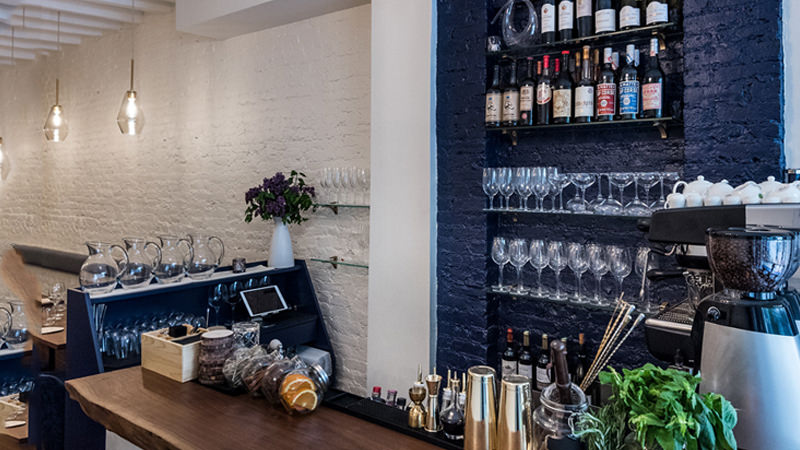
“The beauty of Italian wine is that you can complement or contrast a dish easily,” says Thoni. “A Sangiovese from Tuscany will pair beautifully with a meat dish served with a sour jus. It also perfectly contrasts a rich cheese plate.” He explains that by bringing so many characteristics to the table you can be creative, either through pairings or by using it to cook with, and that the Italian climate, perfect for growing grapes, yet extremely diverse, also produces a wide range of tastes and flavors. “To cook there is no better than the Montepulciano grape,” he elaborates. “Medium bodied, the natural acidity will create a sauce that cuts through every dish.”
“Italy has more indigenous (native) varietals of grapes than any other region of winemaking (more than 500 types have been classified, so far), which gives it a very broad spectrum of wine styles,” points out Lauryn Chun of MILKimchi. Inspired by her love of Italian wine, in 2004 she spent three months working the grape harvest in Castiglione Falletto, one of the 12 communes that produce the wine called Barolo. “Before founding Mother-in-Law’s Kimchi in 2009, wine was my first love,” she explains, elaborating that the nature of winemaking has always reminded her of the kimchi her family made growing up. “In Korean society there are more than 200+ foundational recipes, each based on family and regional style,” similarly, she explains, each wine reflects unique texture and flavors, from its soil to climate (terroir), to complement unique regional foods. “Wine is a reflection of its climate, soil and unique growing condition, much like people. You never know what you’ll discover unless you stop drinking the same old wines.”
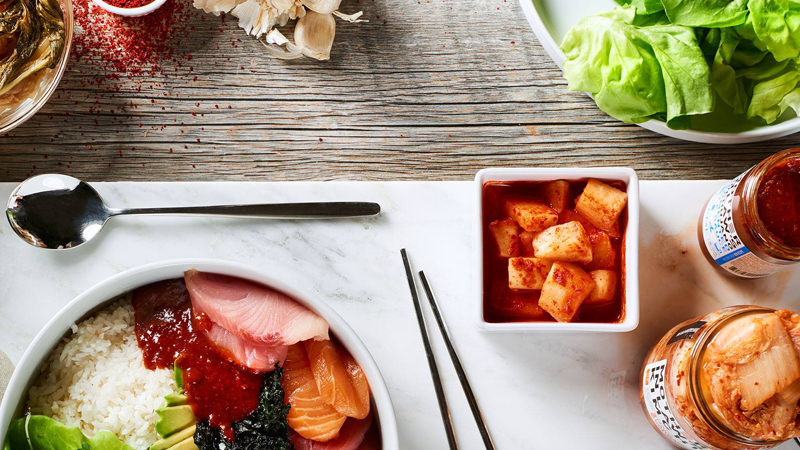
Starting in 2012 as wine director at Roberta’s Pizza, the Bushwick, Brooklyn mainstay, Amanda Smeltz of Estela and Café Altro Paradiso worked for years as a sommelier, and today has become a celebrated wine buyer for restaurant groups across the city. At Café Altro Paradiso, the wine list is nearly all-Italian and 100% natural — 2018’s buzziest trend. Culling from producers who employ no chemicals in vineyard or cellar, the group specializes in wines that are “off the beaten path” from growers in Lazio, Abruzzo, Lombardia, and many others. As to why she loves Italian wine? “Italy has roughly 2,000 different grape varieties that are native to the country. That means you could probably drink Italian wine your whole life and never reach the bottom of different things to try,” Smeltz points out.
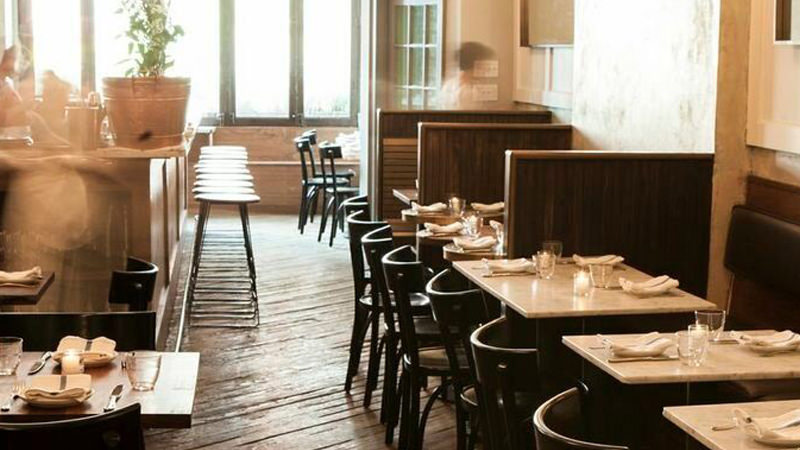
In terms of taste, she also notices the difference. “Italian wines specifically have good acid and notable tannin, whether white or red, so you’ll often get the impression of things cleaning up the palate when you eat richer or heartier food. If you’re eating cheese, pork sausage, aromatic ragus, and sauces, the herbal and lightly bitter qualities of lots of Italian wines can be a beautiful compliment to those kinds of food.” Smeltz prefers the full-bodied and layered styles of Verdicchio from Le Marche, and the deeply mineral expressions of Timorasso in the Piedmont district, with Sangiovese, in her estimation, “one of the greatest red varieties on the planet.”
Timothy Hughes, Corporate Executive Chef at Fig & Olive, started as a chef watching his mother cook during the holidays, later taking his passion to culinary school and working under chefs Roy Yamaguchi, Jean-Marie Lacroix, and Jim Coleman. “The Italian culinary culture is all about the synergy between food and wine. A meal is not complete without a bottle of wine on the table.” He notes that in Italy, wine-making techniques are frequently developed according to the way the local population eats and drinks. For example, traditional Tuscan prosciutto and bistecca Fiorentina, which translates as “the Florence cut of steak,” essentially a porterhouse cut, create an organic desire and taste for Chianti, a “Sangiovese-based wine that is very high in acidity and cleanses the palate of the fat and salt.”
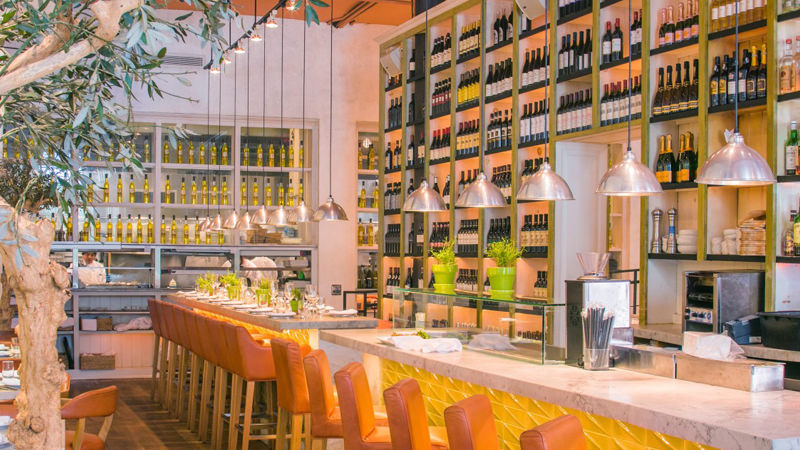
Italian wine, though a perennial favorite, has become increasingly trendy, elevating traditional Italian fare into something new and innovative. Part of an emerging wave of high-brow pizzerias sweeping New York, Rosemary’s Pizza is the new rustic Perry Street outpost of the beloved Greenwich Village favorite, Rosemary’s. Serving the types of Italian foods more frequently found in the countryside than on the busy streets of Rome, Rufio Lerma, beverage director for Rosemary’s Pizza sought out the most authentic wines he could find. “Over the last few years Montalcino, Chianti Classico, and Montefalco have been at the forefront of my mind. I love the Brunellos from Lisini. I love the Chianti Classico producers Candialle and Istine. Arnaldo Caprai is a legend for what he did in Montefalco, but also Fongoli from Montefalco who I don’t see around as much as some of the other usual suspects but I think is really fantastic.”
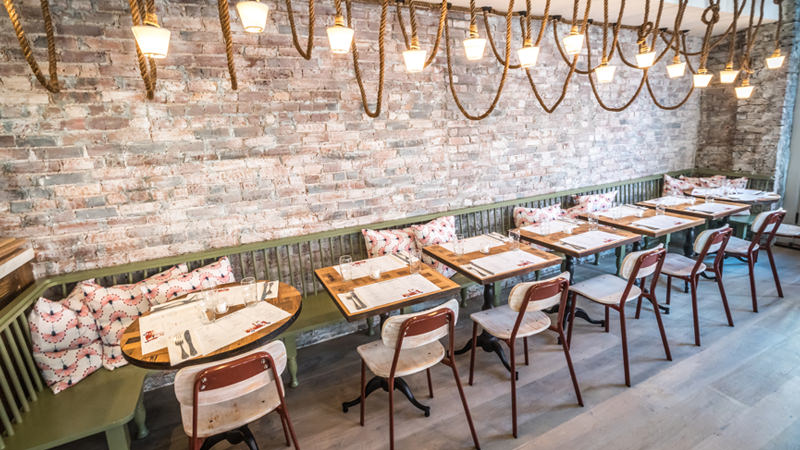
He believes the wine culture of Italy is driven by the joy of having friends and family around the table. “There’s always an occasion or celebration, an energy that’s so lively. I hate to make these kinds of generalizations, but I feel this experience is unique to Italy. When you travel to wine estates throughout Italy, whether they be 500-year-old family estates, or 10-year-old family estates, there’s always the same sense of warmth and embrace that you just simply don’t get when experiencing the wine culture of other countries in Europe. I won’t mention what other countries I’m talking about, but I think if you’ve traveled throughout Italy, to estate visits, you know exactly what I’m talking about. If you haven’t, then book your trip right now!”
This article is sponsored by the Italian Trade Commission.
